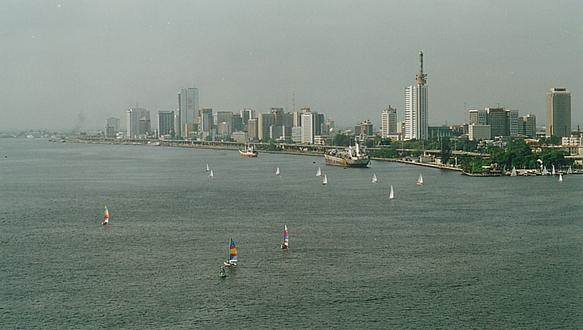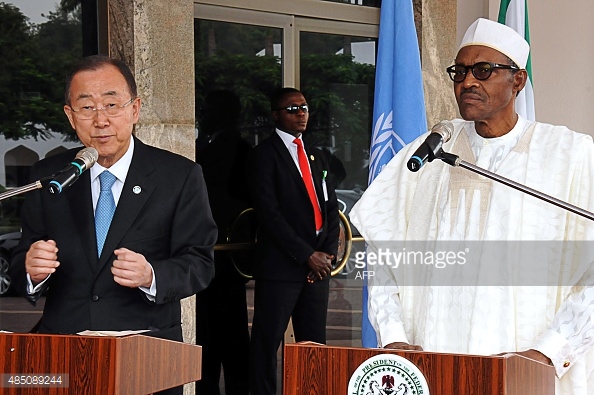Scientists warn that densely-packed cities face even greater health hazards as greenhouse gases continue to push up temperatures.
LONDON, 6 October, 2015 – However hot the weather gets, it will be worse in the cities – and scientists in the US have just worked out how much worse by measuring the notorious urban heat island effect.
They planted 150 sensors in and around Madison, the Wisconsin state capital, in time for the heatwaves that hit the US in 2012, and found that the city experienced twice as many hours at temperatures above 90° Fahrenheit (32°C) than the surrounding rural areas.
Sealed roads and pavements, bricks, tiles, concrete and slate all absorb heat. But densely-packed cities also generate their own heat − from traffic exhausts, lighting, central heating, and air conditioning.
Greater investment in air conditioning will make things worse, as all the heat inside buildings will be dumped into the streets, adding to the stress.
Cooling mechanism
Furthermore, water – which, when it evaporates, cools the grass and the trees – runs off the urban pavements into subterranean drains, so cities surrender another natural cooling mechanism.
The consequence is that any urban area is likely to be several degrees warmer than the surrounding countryside. Half of the world’s billions now live in cities; by 2050, it will be two-thirds.
Extremes of heat are likely to become more pronounced and more frequent as global average temperatures climb in step with greenhouse gas discharges from the combustion of fossil fuels, so the crowded cities could become a serious health hazard, especially in the tropics.
As temperatures stayed above 40°C in southern Pakistan in June this year, so many died that cemeteries in Karachi ran out of space. About 65,000 people had to be treated for heat stroke.
“Projections are underestimating the amount of heat urban communities need to prepare for”
“Not only do heatwaves intensify the urban heat island, but the heat island also intensifies the heatwaves, which is pretty much the opposite of what you’d want,” says Jason Schatz, an environmental researcher at the University of Wisconsin-Madison.
He and research colleague Christopher Kucharik report in Environmental Research Letters that Madison’s airport recorded 39 days with temperatures higher than 90°F in 2012. Downtown Madison experienced more than 49 days of dangerous temperatures.
Conversely, when a polar vortex delivered extremes of cold to the northern and eastern US in the winter of 2013-14, Madison gained from the urban heat island effect as city-dwellers experienced 40% fewer hours at below-freezing temperatures.
Frequent extremes
Climate scientists have repeatedly warned that climate change will bring greater and more frequent extremes of heat and drought that could compromise electricity supplies, which in turn would amplify the risks to health.
Other scientists have tried to find a form of city planning that might relieve the city-dweller, and have confirmed that the more trees and green spaces, the better the environment.
Madison normally experiences nine days a year with temperatures higher than 90°F, but climate scientists forecast that, by mid-century, this temperature will be surpassed on average by 29 to 37 days. And these projections do not allow for the urban heat island effect − the extra swelter factor at the heart of every big city.
“Cities are where most people will encounter future warming, and projections are underestimating the amount of heat urban communities need to prepare for,” Dr Kucharik warns.













